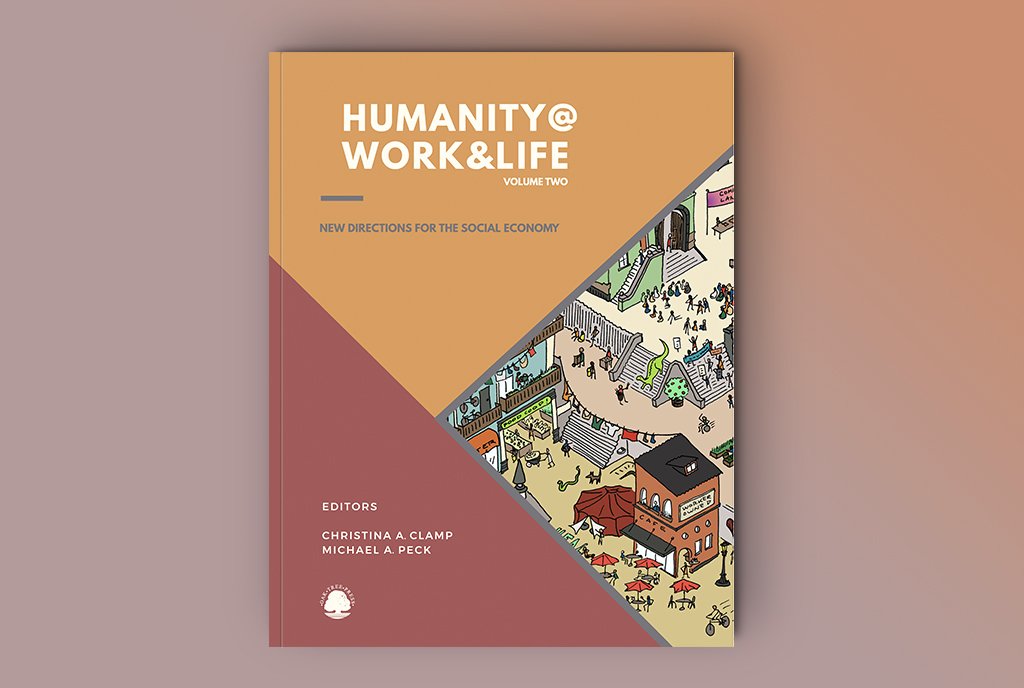The iterations of policies and procedures [are] so crucial. We always remind ourselves when we pass a new policy that if it doesn’t work, we have the power to change it.
And so, I think, for me, the crucial design decisions [are] how do decisions get made, and by whom, and how do we pay ourselves. Those really, to me, feel like they rise to the top. So, speaking to the transparency issues that folks have already mentioned—and the Law Center’s turning 15 this year—so we’ve been doing WSDN [worker self-directed nonprofits] for a little while.
And the two big things that have changed around those crucial design decisions since I’ve been here [for] eight years is that we used to use all-staff circles—the general circle, which is all staff—to make organization-wide decisions.
And recently, we’ve grown now to 19 people. So, when I started, we had about 10, and most of those people had worked together for a long time, so that trust issue, that Faye [Christoforo] mentioned, in the [earlier] time was there, and also [everyone was] very familiar with how [in] the decision-making, how all the voices could get heard.
Sign up for our free newsletters
Subscribe to NPQ's newsletters to have our top stories delivered directly to your inbox.
By signing up, you agree to our privacy policy and terms of use, and to receive messages from NPQ and our partners.
“The crucial design decisions [are] how do decisions get made, and by whom, and how do we pay ourselves.”
And so now at almost 20 [people], it’s a little tough to do that. So, we’ve pivoted to what we call a stewardship circle. So, organization-wide decisions are made by the circle that’s appointed, rotating, and representational. So, everybody has to be on it at some point, you get to kind of be voted on to the island, and we represent all the organizational and programmatic circles in the stewardship circle, so that the general circle or the all-staff can be much more the collaboration space. So that’s a big shift that we’ve made.
The other one is around our pay structure. So, eight years ago, when I started, we had a completely flat structure. It was revolutionary. I loved it. But we also acknowledged that equal is not always equitable, right? Particularly given that cost of living is so different at different parts of the country, we were not paying ourselves what MIT considers a thriving wage for the Bay Area.
And so, we’ve converted to what we call a pay calculator, which takes into account the MIT thriving wage, and then also adds a premium for things like dependents and childcare. It’s not perfect. It’s a lot of work. It’s complicated. It’s evolving. But it’s definitely more equitable than that idea of everything is completely the same.











